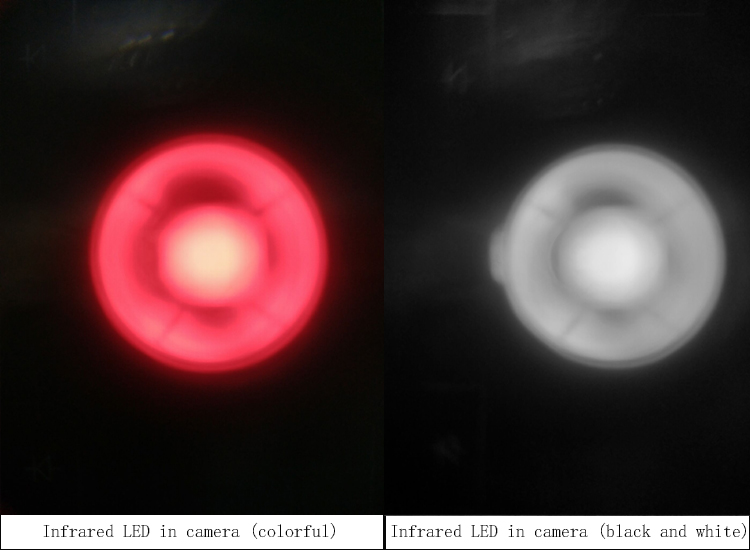
Privacy statement: Your privacy is very important to Us. Our company promises not to disclose your personal information to any external company with out your explicit permission.
The wavelength of an Infrared (IR) LED, also known as an infrared light-emitting diode, falls within the infrared spectrum. To understand the wavelength of an IR LED, it is essential to comprehend the concept of light and the electromagnetic spectrum.
Light is a form of electromagnetic radiation that consists of particles called photons. These photons travel in waves, and the distance between two consecutive peaks or troughs of a wave is known as its wavelength. The wavelength of light is typically measured in nanometers (nm) or micrometers (μm).
The electromagnetic spectrum encompasses all forms of electromagnetic radiation, ranging from high-energy gamma rays and X-rays to visible light, infrared radiation, microwaves, and radio waves. Each region of the spectrum is characterized by its own wavelength range.
Infrared radiation lies just beyond the visible light spectrum, with longer wavelengths and lower frequencies. It is divided into three main categories: near-infrared (NIR), mid-infrared (MIR), and far-infrared (FIR). The specific wavelength range of each category may vary depending on the source and application. And IR LED can be SMD LED type and LED Lamps type. Package like 2835 SMD LED, 3528 SMD LED, 5050 SMD LED and 5mm through-hole LED, 3mm Through-hole LED are all available in our factory.
IR LEDs are designed to emit light in the infrared range. They are a type of diode that emits light when an electric current is applied to it. The wavelength of an IR LED is determined by the materials and design used in its construction.
Typically, IR LEDs emit light in the near-infrared range, with wavelengths ranging from 700nm to 1,500nm (or 0.7 μm to 1 μm). However, the exact wavelength can vary depending on the specific type and purpose of the IR LED.
For example, common applications of near-infrared LEDs include remote controls, optical communication, and proximity sensors. These LEDs often emit light at a wavelength of around 850nm. This wavelength falls within the range of the near-infrared spectrum and is invisible to the human eye.
Other types of IR LEDs, such as those used in night vision devices or security systems, may emit light at longer wavelengths, often in the mid-infrared range. Mid-infrared wavelengths typically range from 1 μm to 10 μm. These longer wavelengths are useful for detecting heat signatures and capturing images in the dark.
The specific wavelength of an IR LED is crucial because different materials and objects interact differently with different wavelengths of infrared radiation. For example, certain materials may absorb or reflect specific wavelengths, making them suitable for various applications. By selecting the appropriate wavelength, IR LEDs can be optimized for specific tasks.
In conclusion, the wavelength of an IR LED falls within the infrared spectrum, which lies beyond the visible light range. IR LEDs typically emit light in the near-infrared range, with wavelengths ranging from 700 nm to 1,000 nm. However, the exact wavelength can vary depending on the specific type and purpose of the IR LED, with some emitting light in the mid-infrared range. Understanding the wavelength of IR LEDs is essential for designing and utilizing them in various applications, such as remote controls, night vision devices, and security systems.

LET'S GET IN TOUCH
Tel: 86-0755-89752405
Whatsapp: +8615815584344
Address: No.3, Lida alley, Qiuwu community, Longgang District, Shenzhen, Guangdong, China. 518116, Shenzhen, Guangdong China
Website: https://www.bestsmd.com

Privacy statement: Your privacy is very important to Us. Our company promises not to disclose your personal information to any external company with out your explicit permission.

Fill in more information so that we can get in touch with you faster
Privacy statement: Your privacy is very important to Us. Our company promises not to disclose your personal information to any external company with out your explicit permission.